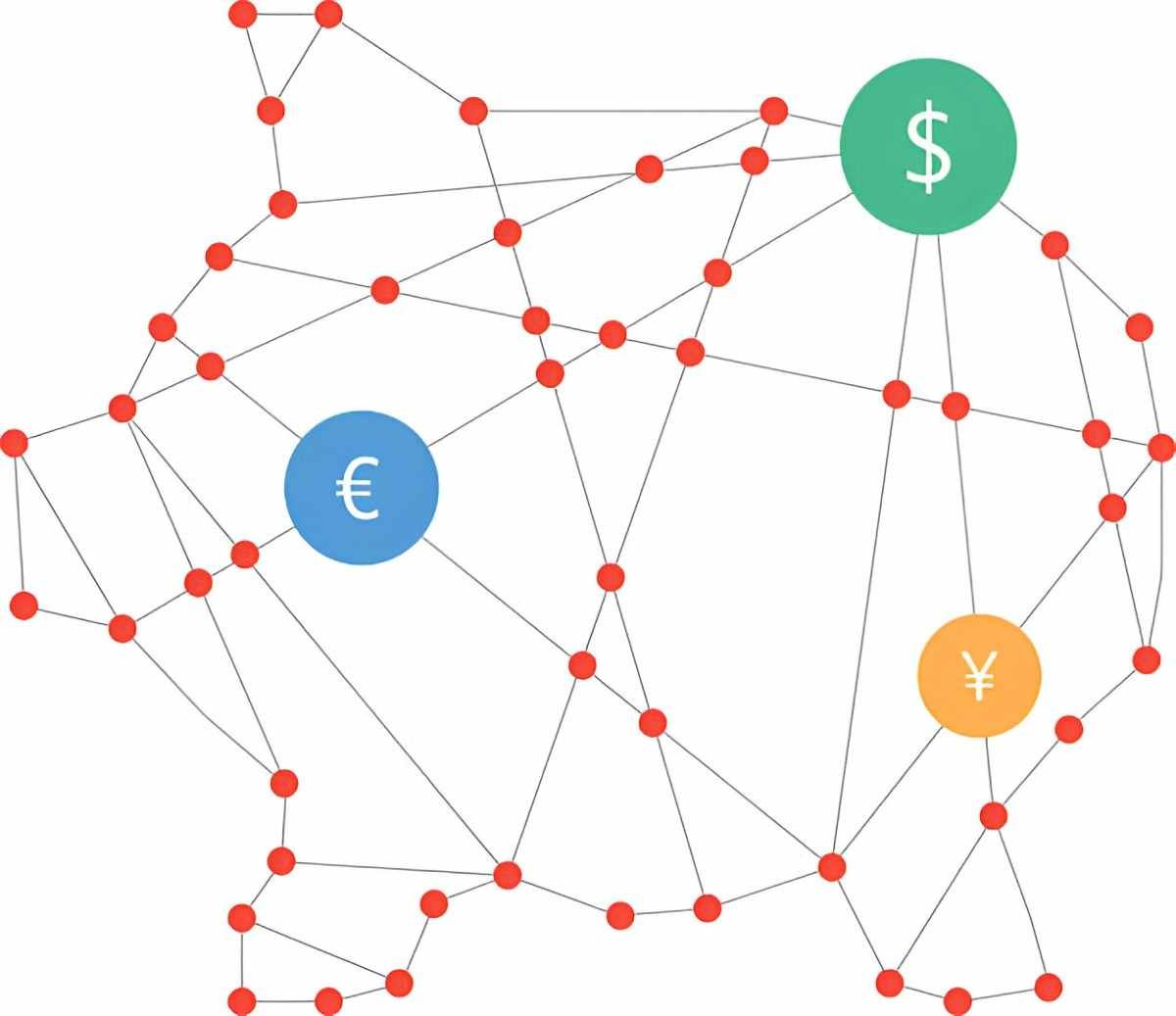As someone deeply immersed in finance and accounting, I often encounter businesses struggling with complex payment flows, especially those dealing with multiple subsidiaries or cross-border transactions. One powerful solution I recommend is multilateral netting—a process that simplifies settlements, reduces transaction costs, and optimizes liquidity. In this article, I break down multilateral netting in plain terms, explore its benefits, and provide real-world examples to help you grasp its practical applications.
Table of Contents
What Is Multilateral Netting?
Multilateral netting is a method where multiple parties consolidate their mutual obligations into a single net payment. Instead of making numerous individual transactions, participants offset what they owe against what they’re owed, resulting in fewer, more efficient payments.
How It Works
Imagine three companies—A, B, and C—engaged in frequent transactions:
- A owes B $50,000.
- B owes C $30,000.
- C owes A $20,000.
Without netting, six separate payments would occur. With multilateral netting, the obligations are consolidated:
- A’s net position: Receives $20,000 from C but owes $50,000 to B → Net payment: A pays B $30,000.
- B’s net position: Receives $30,000 from A but owes $30,000 to C → Net payment: Zero.
- C’s net position: Pays $20,000 to A but receives $30,000 from B → Net payment: B pays C $10,000.
The final settlements:
- A pays B $30,000.
- B pays C $10,000.
Instead of $100,000 in gross payments, only $40,000 changes hands—a 60% reduction.
Mathematical Representation
The net payment for each participant can be expressed as:
Net_Payment_i = \sum_{j=1}^{n} (Obligations_{j \to i} - Obligations_{i \to j})Where:
- Net_Payment_i = Net amount payable/receivable by party i.
- Obligations_{j \to i} = Amount owed to party i by party j.
- Obligations_{i \to j} = Amount owed by party i to party j.
Benefits of Multilateral Netting
1. Reduced Transaction Costs
Banks charge fees per transaction. By minimizing the number of payments, companies save on banking fees, foreign exchange costs, and administrative overhead.
2. Optimized Liquidity Management
Netting ensures cash flows are streamlined, freeing up working capital. Instead of tying up funds in redundant payments, businesses allocate liquidity more effectively.
3. Lower Foreign Exchange Risk
For multinational corporations, netting reduces exposure to currency fluctuations by consolidating cross-border payments into fewer transactions.
4. Simplified Reconciliation
Fewer transactions mean easier tracking, reducing errors and reconciliation efforts.
5. Enhanced Financial Control
Centralized netting provides better visibility into intercompany balances, aiding in financial planning and audits.
Real-World Examples
Example 1: Multinational Corporation
A US-based company with subsidiaries in Germany, Japan, and Brazil engages in frequent intercompany trades. Without netting:
- US → Germany: $100,000
- Germany → Japan: $80,000
- Japan → Brazil: $60,000
- Brazil → US: $40,000
Gross Payments: $280,000
After Netting:
- US pays Germany $60,000.
- Japan pays Brazil $20,000.
Net Payments: $80,000 (71.4% reduction).
Example 2: Financial Institutions
Banks use multilateral netting in clearinghouses to settle securities trades. The DTCC (Depository Trust & Clearing Corporation) in the US nets trillions in trades daily, minimizing systemic risk.
Comparison: Bilateral vs. Multilateral Netting
| Feature | Bilateral Netting | Multilateral Netting |
|---|---|---|
| Parties Involved | Two | Three or more |
| Complexity | Low | High |
| Efficiency | Limited | High |
| Use Case | Simple trades | Complex intercompany networks |
Challenges and Considerations
Legal and Regulatory Compliance
Netting agreements must comply with local laws, especially in cross-border scenarios. The ISDA (International Swaps and Derivatives Association) provides standardized netting enforceability opinions.
Technology Requirements
Automated treasury systems (e.g., Kyriba, SAP) are often needed to handle netting calculations efficiently.
Tax Implications
Netting may affect transfer pricing and withholding taxes. Consult a tax advisor to ensure compliance.
Final Thoughts
Multilateral netting is a game-changer for businesses with complex payment structures. By consolidating obligations, companies achieve cost savings, better liquidity, and streamlined operations. While implementation requires careful planning, the long-term benefits make it a worthwhile strategy.





